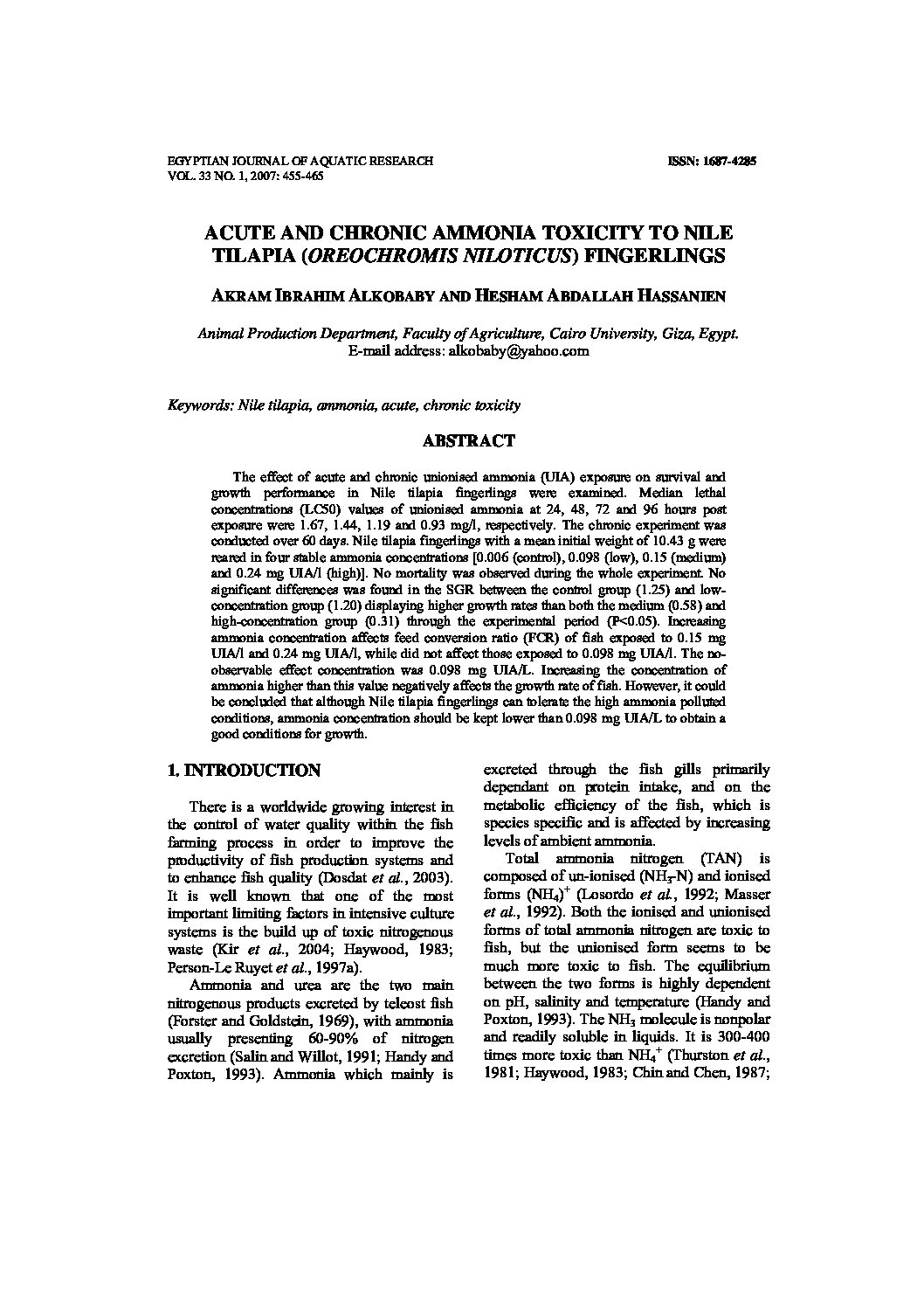Categories
vol-33SEDIMENTOLOGICAL AND ENVIRONMENTAL IMPACTS
OF DEVELOPMENT PROJECTS ALONG THE COAST
OF HURGHADA, RED SEA, EGYPT
ABBAS M. MANSOUR*, AHMED W. MOHAMED**, GEMAL KAMAL ELDIEN*
AND SAYED M. SAYED
*Geology Department, Faculty of Science, South Valley University, 83523 Qena
** National Institute of Oceanography and Fisheries, Red Sea Branch Hurghada station
Keywords: Sedimentological, Environmental proplems, Tourism activities, Coast destruction,
Red Sea, Hurghada.
ABSTRACT
The studies areas lay in Hurghada region include different aspects of coastal
development. It represents different environmental problems and threats to the Red Sea
ecosystem and geosystem. They include two tourist projects, a central marina for yachts
and fishermen and a site for oil exploration and production. All sits have implemented
Environmental Impact Assessment studies (EIA). Unfortunately, dredging and landfilling
caused severe coast destruction and shoreline change in these areas. All sites have
accurately surveyed and environmental problems cited, oceanographic parameters were
measured, and 109 samples were collected from the beach and the tidal flat of four sits
forming the study area. Grain size, carbonates and organic matter contents, major and trace
elements were determined. Cluster analysis and correlations were carried out. The results
reflect the impact of coast destruction and shoreline change. Grain size analysis indicated
the predominance of coarse grained sediments close to the landfilled areas. Mixtures of
terrigenous and biogenic fragments are the main components of these sediments. The
distribution of carbonates supports this result where carbonates content is low in the beach
area and gradually increases seaward. Fine sands and mud dominate the dredging areas and
cover the nearby corals and bottom facies. Results of major and trace elements, total
organic matter (TOM), organic carbon (OC), and carbonate contents were used to discuss
the sediment characteristics and interpret the abundance of some parameters in the
impacted areas. The findings of this study help decision makers to identify anthropogenic
impacts and better assess of the needs for remediation.







